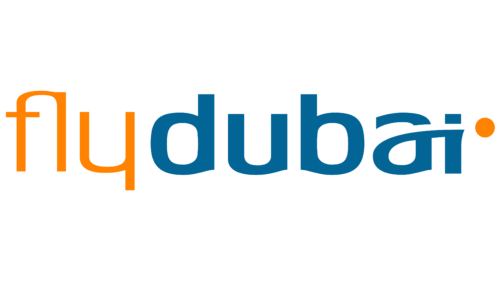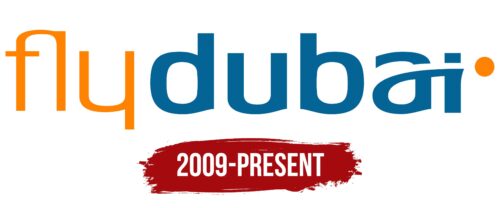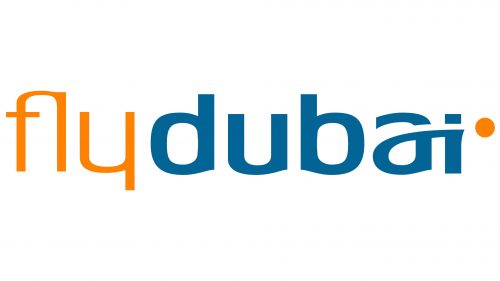Flydubai: Brand overview
Flydubai’s history began with the Dubai government’s decision to establish a new low-cost airline to enhance Dubai’s reputation as a global aviation hub and tourist destination. This initiative aimed to complement Emirates Airlines by providing affordable short- and medium-haul flights. On June 1, 2009, Flydubai commenced operations with its first commercial flight from Dubai to Beirut using a Boeing 737-800. This marked the launch of the UAE’s first national low-cost carrier, and despite starting with only two aircraft, the company had ambitious growth plans.
In its inaugural year, from 2009 to 2010, the airline rapidly expanded its route network, offering flights to various cities in the Middle East, the Indian subcontinent, and Eastern Europe. The focus was on routes not covered by Emirates, carving out its niche in the market. By the end of 2010, the network spanned over 20 destinations.
In 2011, the company continued its expansion by signing a significant deal with Boeing to purchase 50 Boeing 737-800 aircraft at a total cost of $3.74 billion, indicating its commitment to becoming a major player in the regional low-cost market. It expanded its reach in 2012 and 2013 by adding new African and Central Asian destinations. The company introduced a hybrid business model by offering business-class services on select flights, attracting a wider range of passengers.
By 2014, the airline had carried 25 million passengers and received its 43rd Boeing 737-800, solidifying its position as one of the largest operators of this aircraft type in the Middle East. It launched its first European Union route to Bratislava, Slovakia.
In 2015, the company enhanced its service offerings by introducing a new cabin concept with improved business and economy class seats catering to budget travelers and passengers seeking more comfort. The following year, it entered into a codeshare agreement with Emirates to expand its route networks and provide passengers with more convenient connections, contributing to the development of Dubai’s aviation sector.
In 2017, the airline ordered its largest aircraft, purchasing 225 Boeing 737 MAX aircraft worth $27 billion, highlighting its long-term expansion and modernization plans. The same year, it operated its first Boeing 737 MAX 8.
In 2018, the company continued to grow its route network by adding new destinations in Europe and Asia while strengthening its partnership with Emirates through joint flight offerings. Celebrating its 10th anniversary in 2019, it had evolved from a small startup to a key player in the short- and medium-haul market, serving over 90 destinations in 47 countries.
In 2020, despite the global challenges the aviation industry faces, the airline successfully adjusted to new market conditions. The focus was on improving operations and maintaining important routes. Additionally, it strengthened its presence in the cargo market to meet the growing demand for transporting goods and medical supplies.
In 2021, the company announced its plan to resume flights with the Boeing 737 MAX after receiving approval from aviation authorities in the UAE. To ensure the safety of its flights, a thorough program for pilot retraining and aircraft maintenance was implemented. Furthermore, the route network was expanded by adding new European and Central Asian destinations. The partnership with Emirates was enhanced, offering more joint flights and improved connection options in Dubai.
Continuing its recovery and expansion in 2022, the airline unveiled plans to increase flight frequencies on existing routes and introduce new destinations. The focus was on developing tourist destinations aligned with Dubai’s goal of attracting international visitors. Additionally, the company invested in enhancing the customer experience by updating its mobile app and website to simplify the booking process and travel management.
Meaning and History
What is Flydubai?
It is a rapidly growing low-cost airline based in Dubai, United Arab Emirates, offering affordable flights to an extensive network of destinations in the Middle East, Africa, Asia, and Europe. The company operates a modern and uniform fleet of Boeing 737 narrow-body aircraft equipped with comfortable cabins and advanced amenities to enhance the passenger experience. Through a strategic partnership with Emirates, the airline provides seamless connectivity via Dubai, ensuring convenient access to an extensive global network for travelers seeking flexible and economical flight options.
2009 – today
The Flydubai logo serves as a bright and memorable symbol of the brand. It prominently features the words “fly” and “dubai,” which embody the company’s core values of freedom of movement and its strong ties to Dubai. The orange color of the word “fly” signifies speed, dynamics, and energy associated with travel and forward movement. The light blue color of the word “dubai” reflects a maritime theme and highlights Dubai’s role as a global hub and a place where the world converges.
The dot to the right of the logo can be seen as a marker indicating the destination toward which Flydubai is heading or as a symbol representing new opportunities awaiting customers on future journeys. The combination of the letters “a” and “i” in the word “dubai” imparts a unique and original look to the logo. These combined letters emphasize the values of hospitality and progress, which are integral to the company’s identity.
The overall concept of the Flydubai emblem conveys a strong desire for progress in the aviation industry. The emblem underscores the significance of freedom of movement and the company’s deep connection to Dubai. The design elements, such as the bold colors and distinctive typography, ensure that the logo remains easily recognizable and reflects the brand’s energetic and dynamic nature.
The use of orange in the logo encapsulates the essence of energy and forward momentum, traits essential for a travel-oriented company. The light blue evokes a sense of calm and reliability, resonating with the maritime influence of Dubai’s geographical and cultural significance. These colors create a balance that appeals to a broad audience, reinforcing the brand’s appeal.





